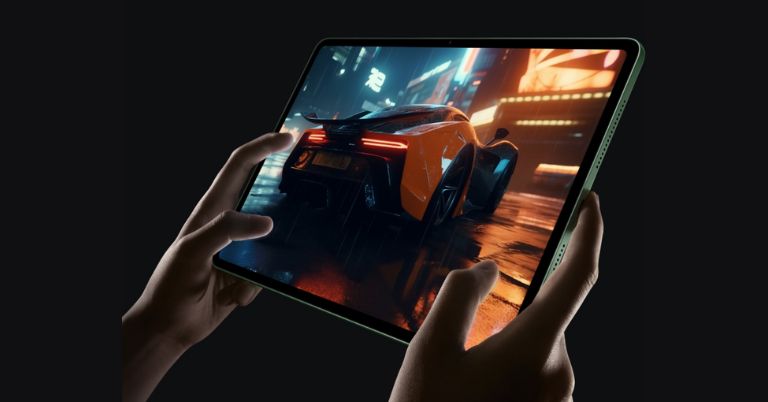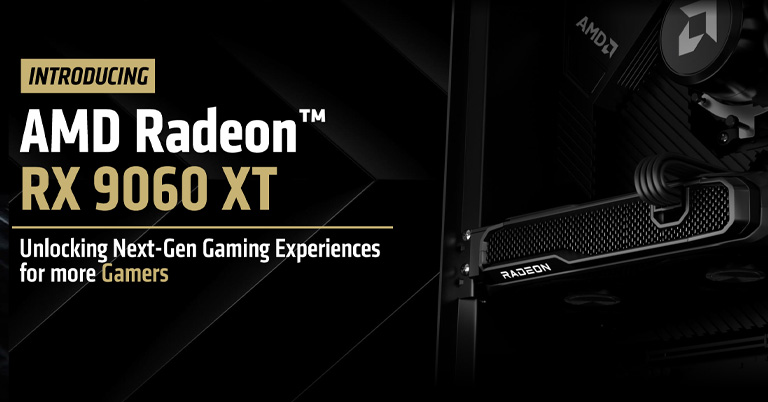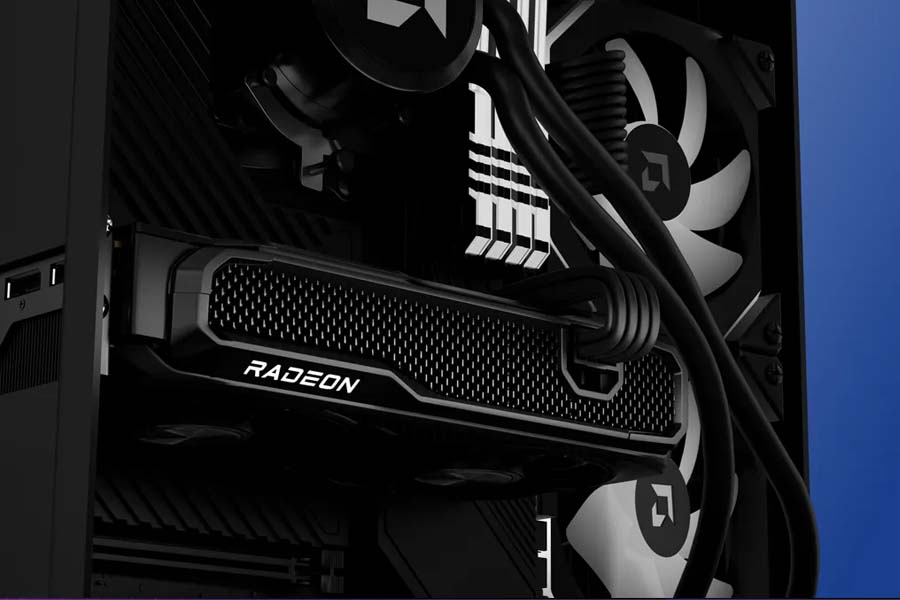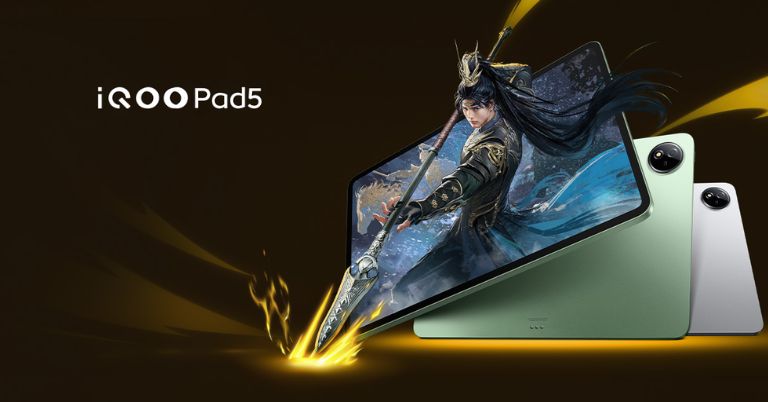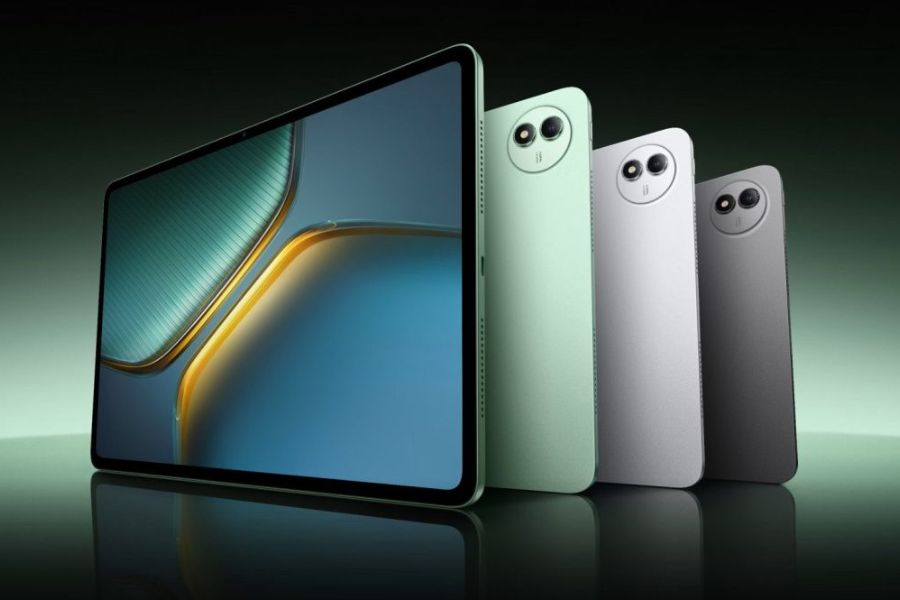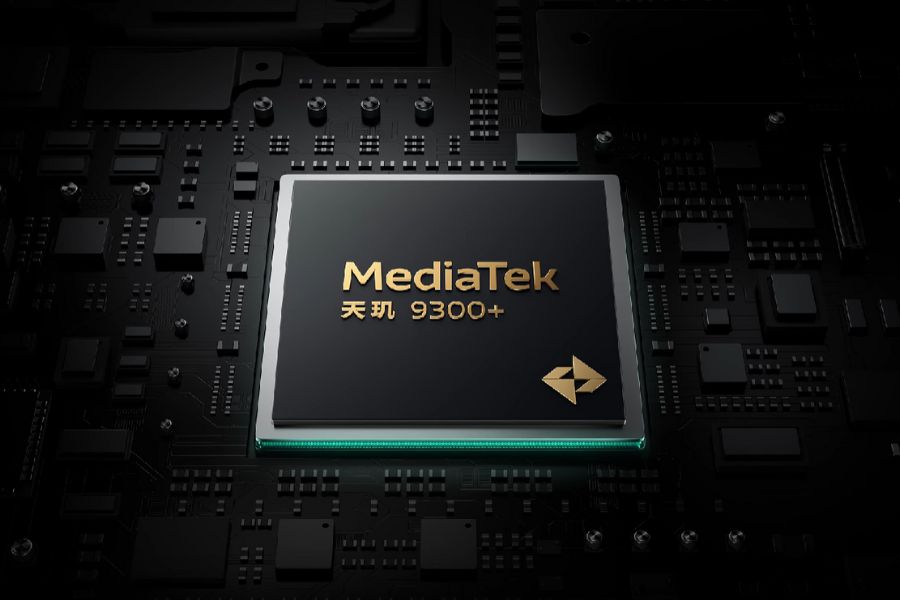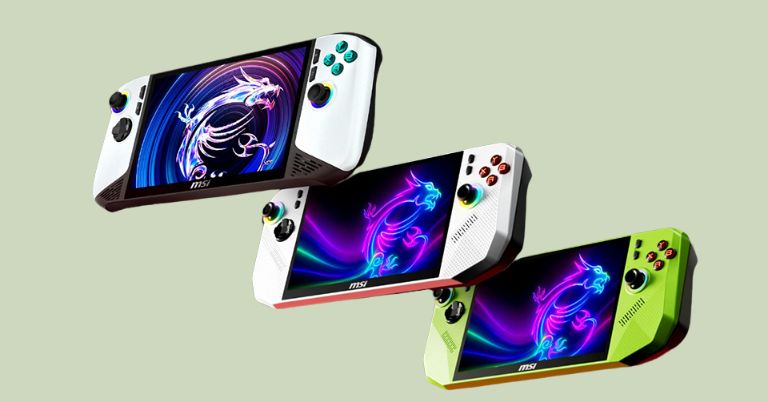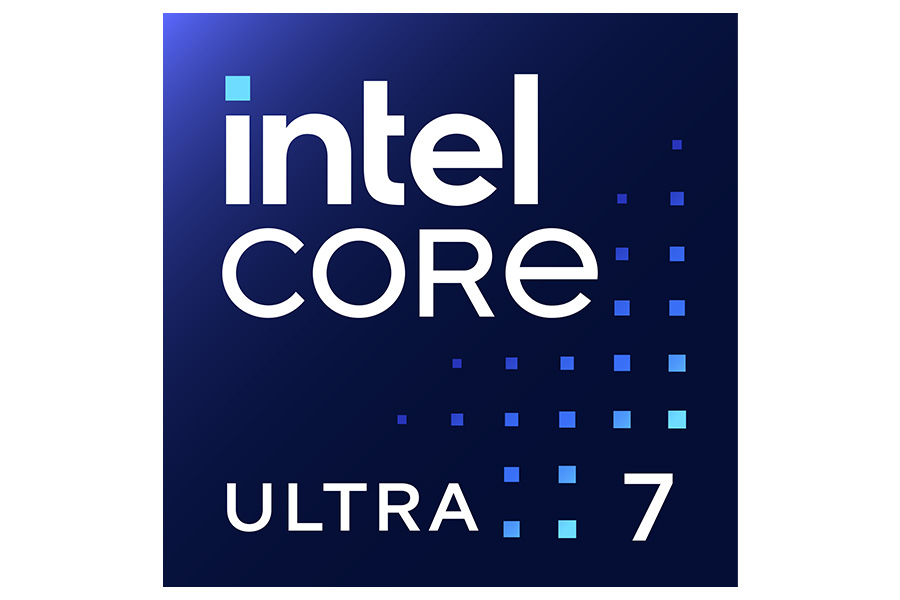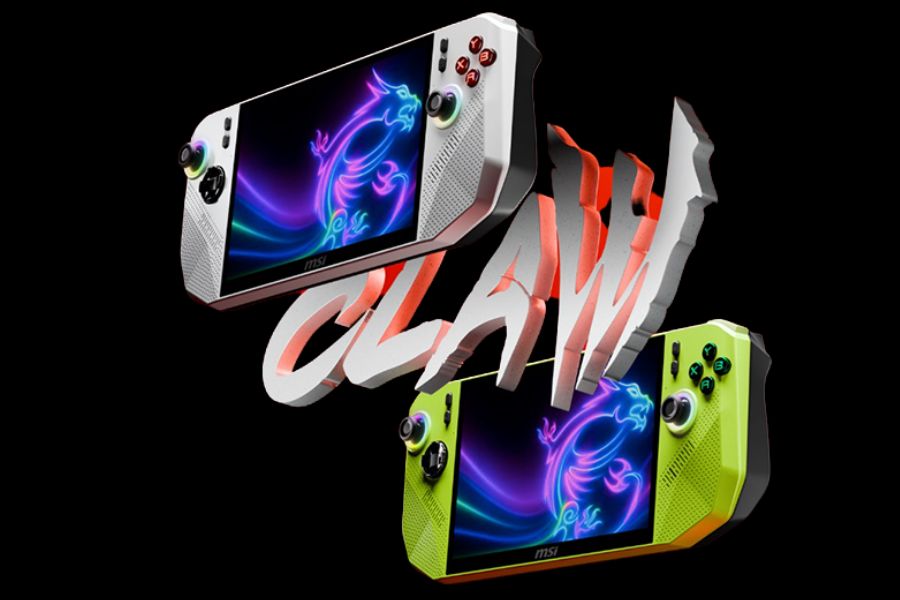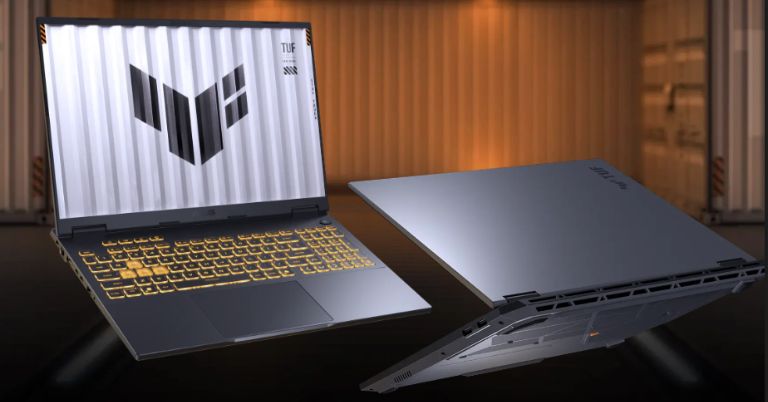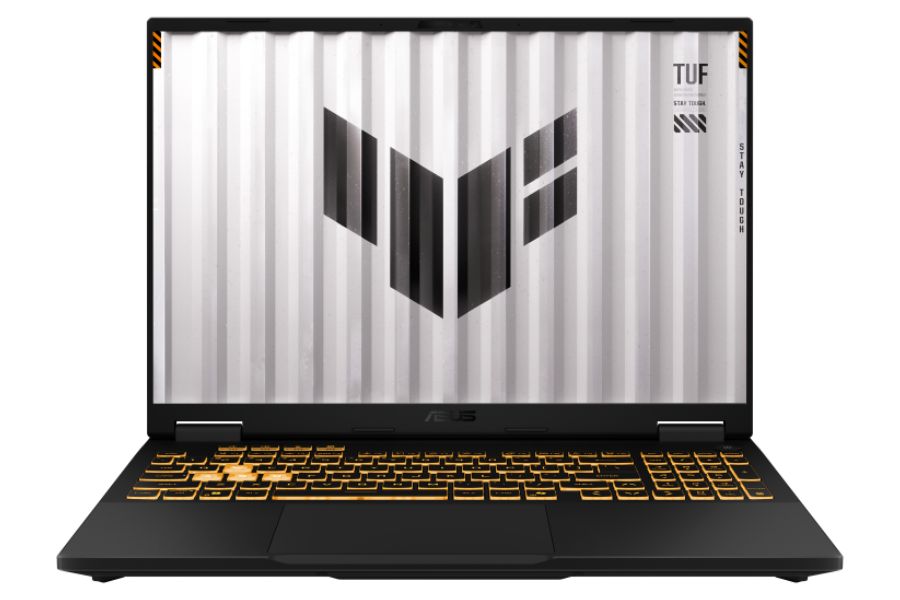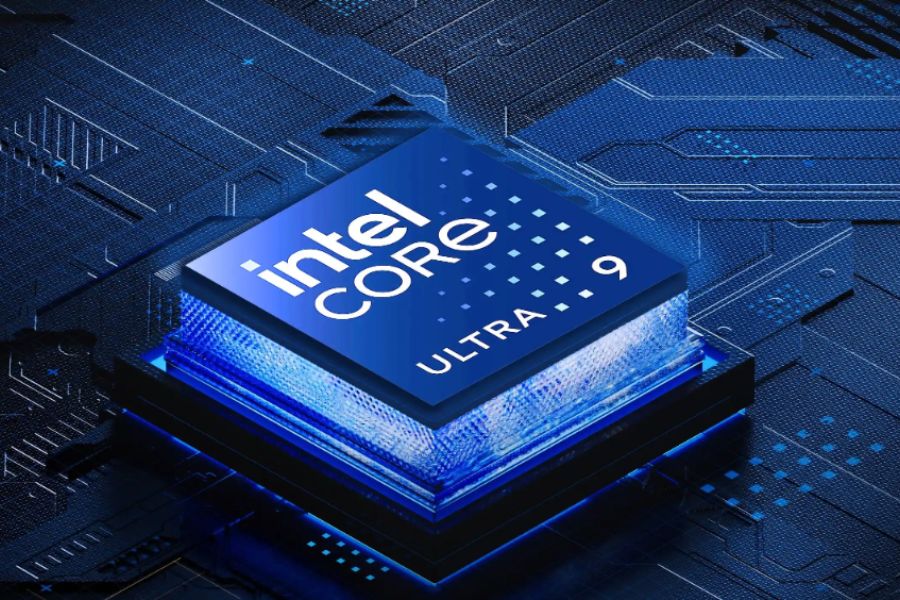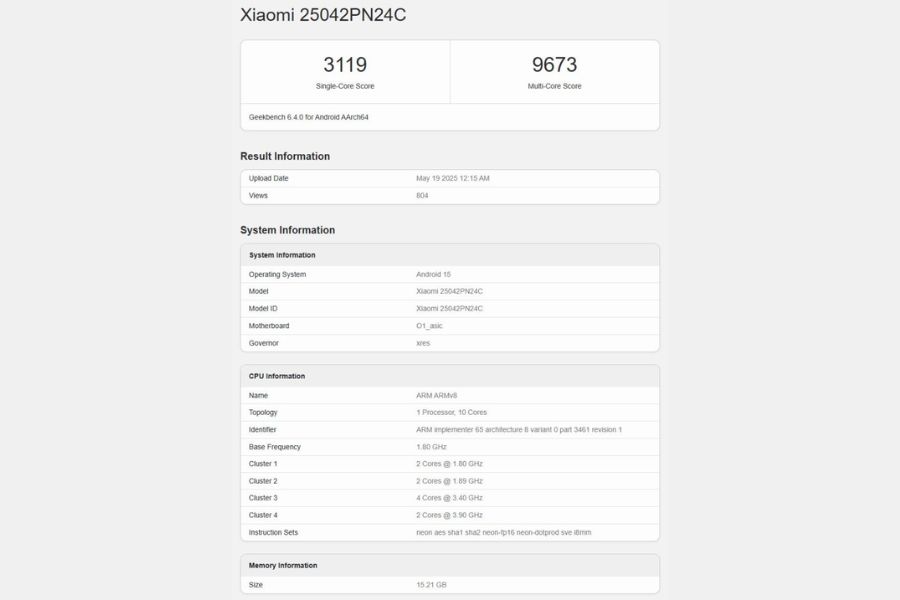Alongside the iQOO Pad 5, iQOO has also taken the curtains off the iQOO Pad 5 Pro. This Pro iteration brings some improvements over the vanilla version, like a more powerful Dimensity 9400+ SoC and a higher-res panel. Without further ado, let’s head straight into the specs, features, and expected price of the iQOO Pad 5 Pro in Nepal in this article.
iQOO Pad 5 Pro Overview
Design and Display
Design-wise, the Pro version boasts a similar outlook to the vanilla Pad 5. A circular camera module and the same color options: Gray, Green, and Silver. It is bigger and thus, sports a bigger display, a 13-inch IPS LCD with a sharper 3.1K resolution (3096 × 2064 pixels). The refresh rate remains the same at 144Hz, and so does the HDR 10 support. However, it gets brighter at 1200nits as compared to 900nits of the Pad 5.
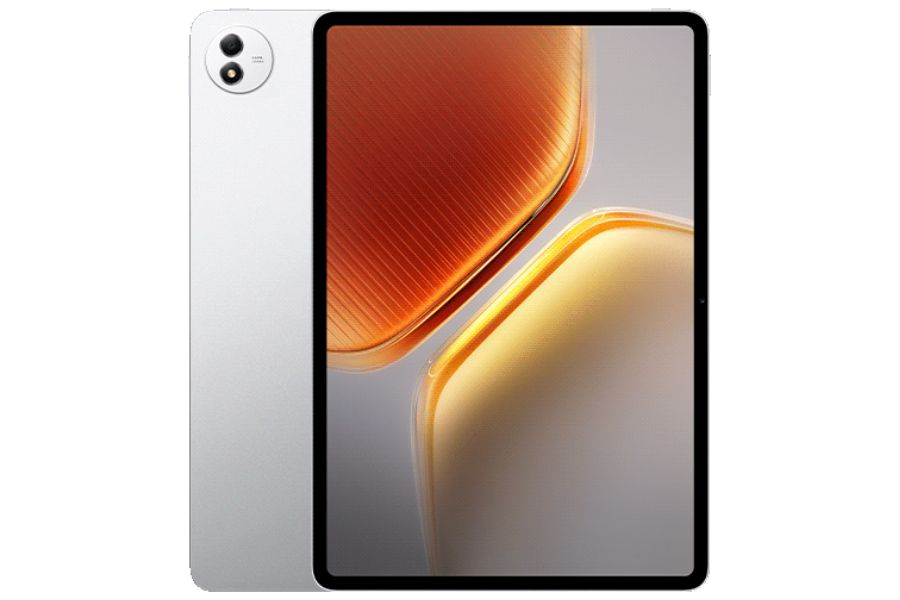
Performance
As aforementioned, the Pad 5 Pro gets its horsepower from the Dimensity 9400 Plus SoC. This 3nm fabbed flagship SoC features 1 core Cortex-X925 at 3730 MHz, 3 cores Cortex-X4 at 3300 MHz, and 4 cores Cortex-A720 at 2400 MHz. It is paired with the 12-core Arm Immortalis-G925 GPU, providing superb gaming performance. You get Game Superframe, Game Super-resolution, UHD game streaming, and even real-time PC-grade ray tracing—bringing console-level graphics to a tablet, which is a rare feat.
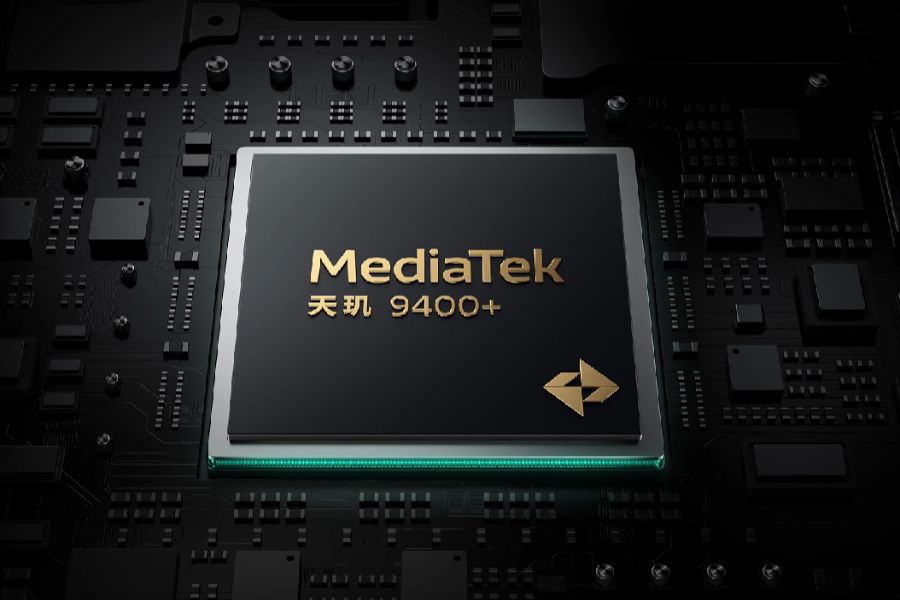
To manage thermals, the tablet employs a dual-sided, seven-layer graphite cooling system spanning 40,600 mm², ensuring the device remains cool. Memory-wise, iQOO has paired this chip with up to 16GB of LPDDR5X RAM and up to 512GB of fast UFS 4.1 storage standard. Likewise, it boots on OriginOS 5, based on Android 15.
Camera, Battery, and Others
Moving on, this new iQOO tablet sports a 13MP main camera on the rear and an 8MP unit on the front for selfies and video calls. And backing all this is a colossal 12,050mAh battery paired with the 66W FlashCharge technology. Moreover, connectivity features on this guy include Wi-Fi 7, Bluetooth 5.4, and a USB Type-C (USB3.2 GEN1) port.
- Also Read:
iQOO Pad 5 Pro Price in Nepal and Availability
In China, the iQOO Pad 5 Pro retails at the starting price of CNY 3,199 with the base 8/256GB trim. If it ever launches here, we expect the iQOO Pad 5 Pro price in Nepal to begin from NPR 71,999.
| iQOO Pad 5 Pro | Price in China (Official) | Price in Nepal (Expected) |
|---|---|---|
| 8GB + 256GB | CNY 3,199 | NPR 71,999 |
| 12GB + 256GB | CNY 3,499 | NPR 79,999 |
| 12GB + 512GB | CNY 3,799 | NPR 85,999 |
| 16GB + 512GB | CNY 3,999 | NPR 89,999 |
- Meanwhile, you can check our Samsung Tab S10 FE review.


